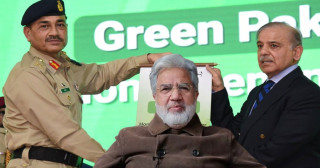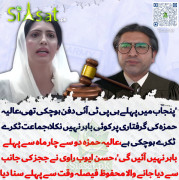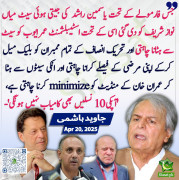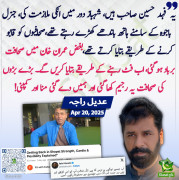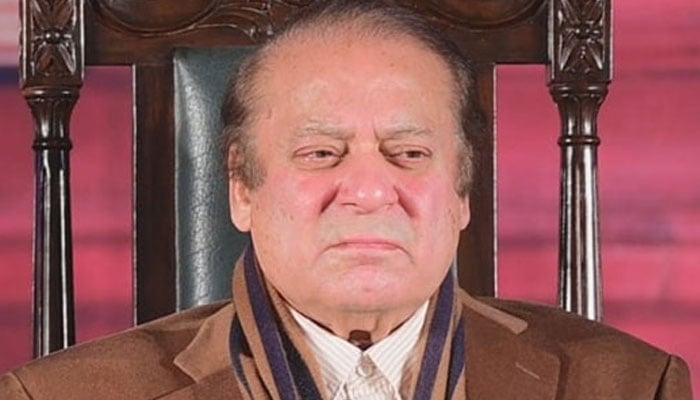The government’s response to the planned protest on 24 November 2024 by Pakistan Tehreek-e-Insaf (PTI) highlights its deep insecurity and fear of public dissent. Despite the party’s leader being jailed for over a year, the ability of PTI to mobilize such large-scale support demonstrates the disconnect between the ruling establishment and the people. This fear is evident in the heavy-handed measures being taken, such as sealing entry and exit routes to major cities, shutting down motorways, and paralyzing transportation. These actions are not just attempts to maintain order but also reveal a government struggling to suppress a growing wave of resistance.
The protest’s demand to accept election results based on Form 45 instead of the manipulated Form 47 directly challenges the legitimacy of the current government and the institutions behind the alleged rigging. Addressing this demand would mean admitting to electoral fraud, something the government and establishment are unwilling to do. Instead, their preemptive labeling of protests as “illegal” and their suppression of public gatherings reflect an authoritarian mindset where dissent is silenced rather than addressed.
Despite their leader’s imprisonment, PTI’s supporters have shown remarkable resilience, with their protests symbolizing more than just electoral fairness. These demonstrations represent a rejection of systemic injustice and a broader push for accountability. The government’s panic is understandable—when even a jailed leader can inspire this level of defiance, it becomes clear that the ruling coalition’s narrative is losing ground. The state’s overreaction underscores its fragility and fear of losing control over major urban centers and public sentiment.
This heavy-handed response also reflects a fundamental lack of confidence in the government’s ability to manage dissent democratically. Blocking roads, closing transportation networks, and sealing cities do not project strength; instead, they expose the government’s fear of public mobilization. Such measures punish ordinary citizens, disrupt daily life, and further alienate an already frustrated populace.
At its core, the government’s actions reveal its fear of losing its grip on power. The protests are a direct challenge to the status quo, questioning not only the current government but also the broader establishment’s role in suppressing democratic processes. By stifling this dissent, the government risks fueling even greater anger among the public. This situation is not a show of strength but a clear indication of a fragile government afraid of its own people and their demand for transparency, accountability, and justice.

